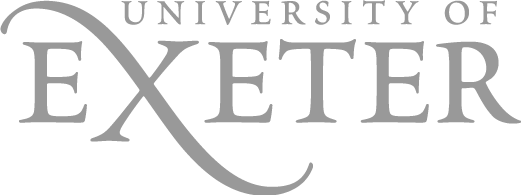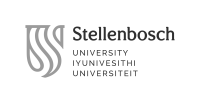The Global History of Terrorism and Counterterrorism
Professors
Schedule
Course description
The course will deal with the historical evolution of terrorism and counterterrorism aver the past 150 years, in the wide context of both diplomatic and transnational history. It will provide an in-depth analysis of several important terrorist crises and the reactions to them in the West and beyond.
The general framework is laid out in four blocks.
1. The roots of the phenomenon. Students will be involved in discussions about the definition of terrorism in history between the XVIII and XIX centuries. It introduces students to the debates about the current definition of terrorism and the causes of the phenomenon. It examines the use of terrorism both by institutional and state apparatuses and by non-state groups.
2. Terrorism and Counter-Terrorism prior to the Cold War. It explores the concept of terrorism, types of terrorism and prominent terrorist groups in the first global wave of terrorism in the first half of the 1900s. The following topics are considered in detail:
a. Anarchist terrorism;
b. Russian terrorism;
c. Terrorism of State;
d. Terrorism in time of war.
3. Western experience with terrorisms (national and international) and the issue of security. This part focuses on the ideologies that motivate individuals and groups to resort to terrorism in the broader context of international relations, between the Cold War and the rise of the multipolar world. It also describes the impact of state responses to terrorism in both the international and European scenarios.
This session will focus, in detail, on:
a. National terrorism: ideological terrorism and counterterrorism policies;
b. The roots of international terrorism in the Cold War system;
c. European States' response toward International Terrorism in the XX century.
4. Contemporary Terrorism and Negotiations. Finally, the course will also provide an analysis of contemporary terrorism and counter-terrorism, in comparative, historical perspective, drawing distinctions between "traditional" terrorism and "new" international terrorism. A special session will be devoted to negotiating with terrorist organizations, understanding the pros and cons of this option.
The course will be organized as follows:
Lectures followed by discussion;
Group work (1): Guided Primary Sources' analysis;
Group work (2): Negotiation's simulation based on archive documents.
Asynchronous teaching: four recorded speeches that have been held during the School lPSe - lnternational Politics & Security will be made available to students;
Students' presentations followed by discussion.
Virtual component
Group work (1): Guided Primary Sources' analysis. The lecturer will provide a package of archival documents relating to a case of diplomatic debate concerning a terrorist attack. Students will split into groups, each representing a country. After discussing and identifying a diplomatic strategy regarding the attack, based on their knowledge of the history and political orientation of the country represented, the students will simulate the debate.
Group work (2): Negotiation's simulation based on archive documents. The teacher will provide a packet of archive documents relating to a terrorist attack. The students will be divided into groups, each representing the various actors involved (the state, in its various institutions; the terrorist movement, in its organizational chart). After discussing and identifying a strategy, based on their knowledge of the history of the states involved and the terrorist movements under consideration, the students will simulate the negotiation.
Asynchronous teaching: three recorded speeches that had been hold during the School IPSe - International Politics & Security will be made available to students.
The lectures were given by Bruce Hoffman (Georgetown University), Martha Crenshaw (University of Stanford); Rashmi Singh (London School of Economics).
Learning outcomes of the course
I. Overall knowledge of history of terrorism and States' responses, from the end of XVII Century to the present-day.
2. Capacity to analyze the phenomenon of terrorism in an historical and diachronic framework.
3. Ability to develop autonomous research on the topics covered by the course, and in particular: to design, under supervision, a research pian of limited scope, and implement it using the methods and techniques that are appropriate within the discipline involved.
4. Capability to explain clear and substantiated research results; to provide an answer to questions concerning a subject in the field covered by the course in the form of a clear and well-structured oral presentation and in agreement with the appropriate disciplinary criteria.
5. Capacity to actively participate in a discussion following the class presentations.
6. Ability to predict negotiation scenarios.
Teaching and assessment methods
Grades and assessments:
1. Class presentation on a specific topic and primary and/or secondary sources (20 minutes; use of PPT warmly encouraged): 50%
2. Participation in the debate on the use of the term terrorism, with the support of academic readings: 20%
3. Participation in the debate on possible negotiations in the event of a terrorist attack, supported by academic readings: 20%
4. Class participation in general and during student presentations: 10%
Bibliography
Hoffman, Bruce, lnside Terrorism. Columbia University press, 2017, pp. 1-42; 81-130; 229-256.
Lomellini, Valentine, The ltalian State and lnternational Terrorism, 1969-1986. The Lodo Moro. Palgrave-MacMillan, London, 2024, pp. 43-90; 121; 152.
Wilson, Tim, Killing Strangers. How Political Violence Became Modem. Oxford: Oxford University Press, 2021, part Il.
Required preliminary knowledge
Basic knowledge of Contemporary History and History of International Relations.
Last updated: March 19, 2025


















